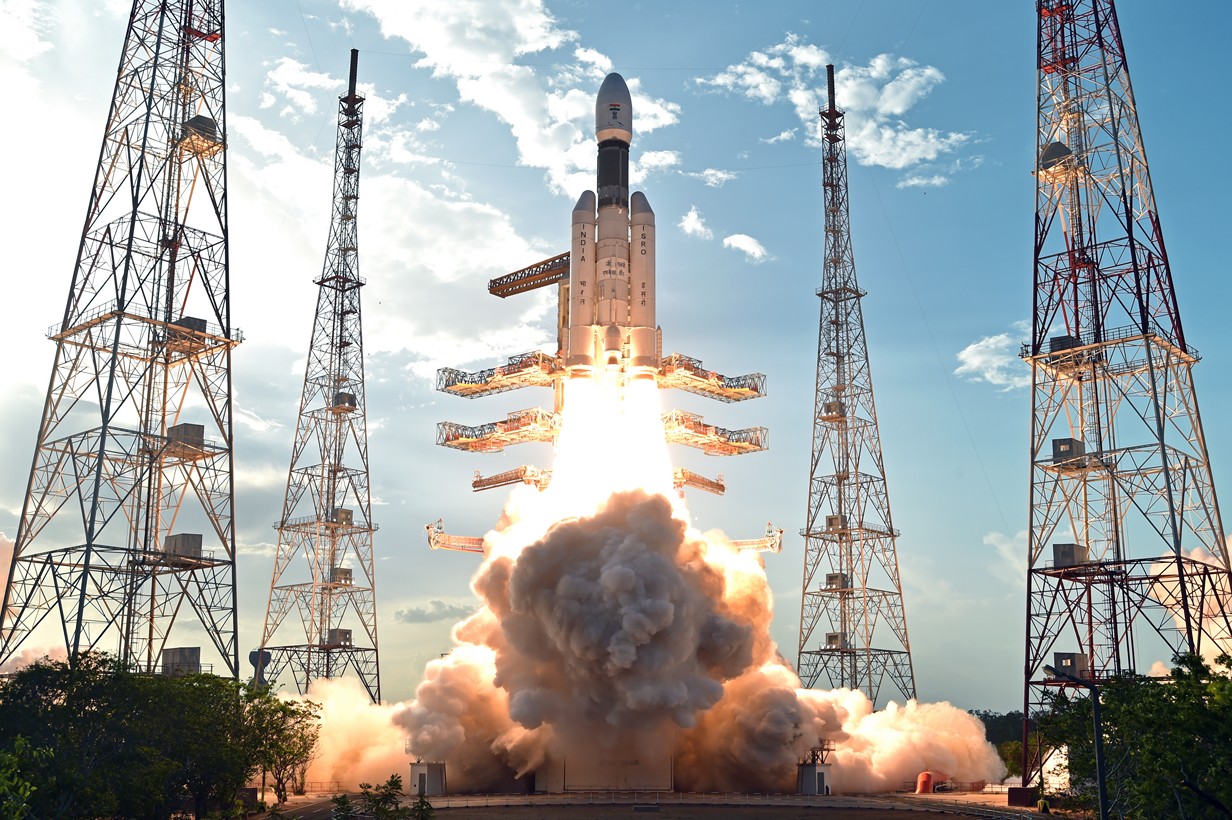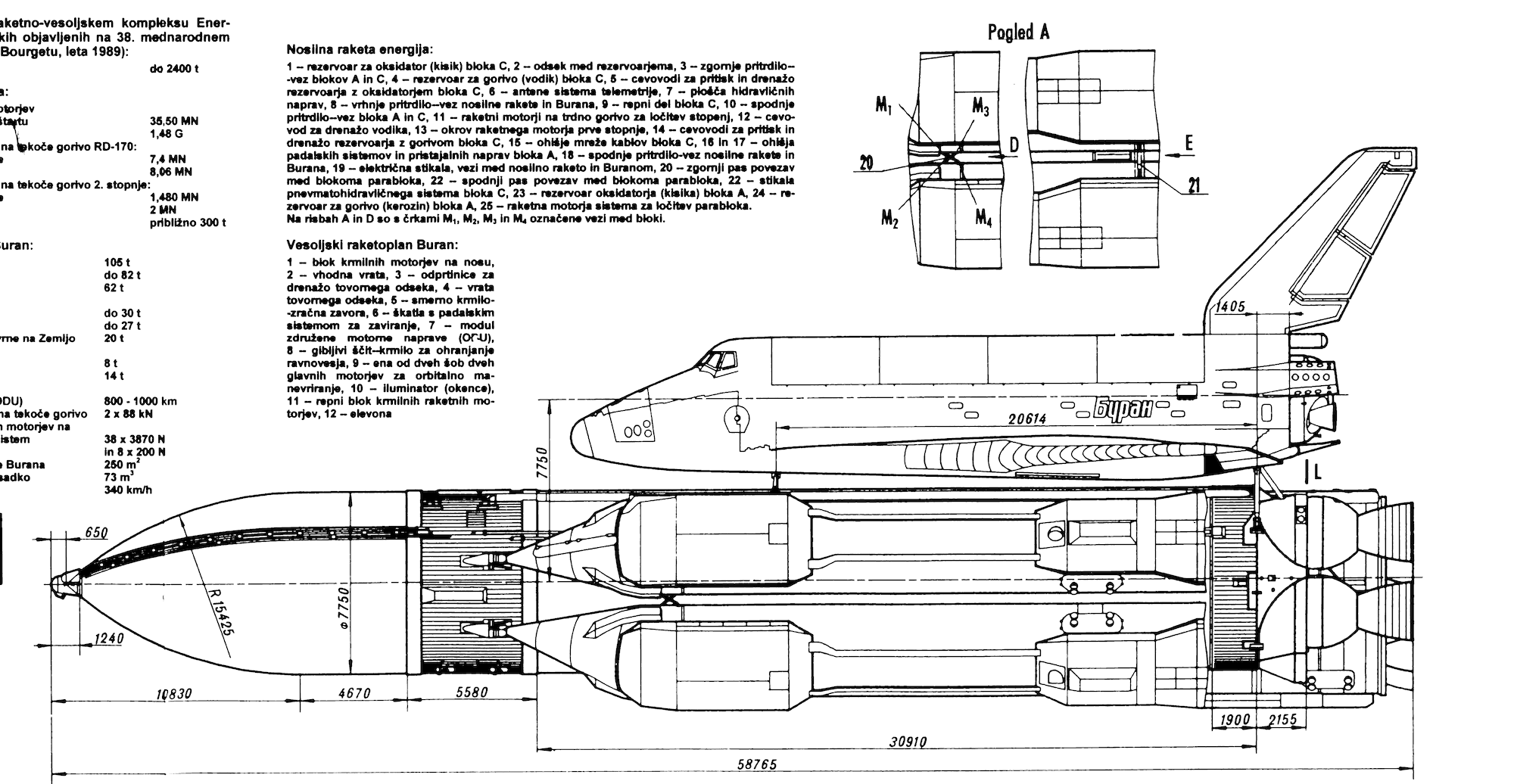
Always the one to glorify any news relating to advances made in science & space technology, I couldn’t hide my emotions when I read about the successful mission of one of India’s heaviest launch vehicle systems the GSLV-III (aka GSLV Mark III) which placed a communication satellite payload to its GEO orbit, the 3,423 kg (7,546 lb) GSAT 29. However, when this 13-storey tall heavy rocket took-off from the Satish Dhawan Space Center it not only connected the country’s remotest, most crucial parts with a high-speed network it also marked a step closer in achieving the goal of putting ‘Vyomanauts’ into space.
One of the most ambitious ISRO projects is the proposed manned mission into space, that will lift-off on a homegrown launch vehicle; the GSLV-III, with an all-Indian crew. The project has been named Gaganyaan or ‘sky craft’ and a planned date for the launch is 2022. If you want to truly understand the significance of today’s launch you will have to go back to the 90s when India was prevented from gaining access to the cryogenic engine technology by the US from Russia’s Glavkosmos which cited the dual purpose use of the technology and prohibited its transfer under the provisions of the Missile Technology Control Regime (MTCR). That pushed back the development of the GSLV rockets by decades.
The GSLV-III handles payloads of up to 4-5 tons into the GEO orbit with the cryogenic upper stage providing the extra thrust required by the rocket to carry heavier payloads into deeper space. That (second) stage is designated as ‘C-25’ and contains the CE-20 cryogenic rocket engine which was developed indigenously. It’s one of the most powerful cryogenic upper stages in the world today.
India has plans to orbit an Indian crew into space in 2022 and that mission will be accomplished by GSLV-III (nicknamed ‘Bahubali’). Meanwhile, this mighty launch vehicle is also slated to carry another most anticipated lunar probe with a rover landing, the Chandrayaan 2 in January 2019. In all of this, today’s successful flight of the GSLV-III rocket indeed brings India closer to its human spaceflight dream. Vyomanauts! Let’s go!!
Some GSLV-III stats in a nutshell:
- Height – 43.4 m
- Mass – 640,000 kg
- Payload to LEO – 8,000 kg
- Payload to GTO – 4,000 kg
- Stages – 3
- Boosters – 2x S200
Photo – Indian Space Research Organization


